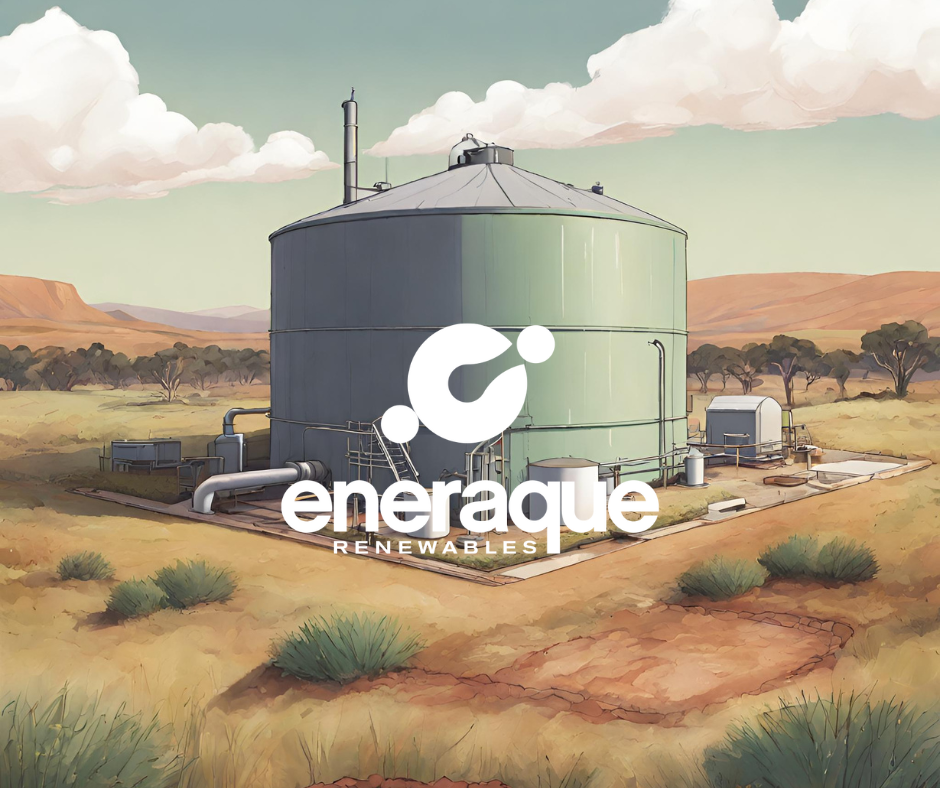The Asia Pacific is standing on the verge of a renewable gas revolution that has the potential to transform the nation’s energy landscape and create a new future for gas. Here, we deep dive into the main conversations we’re having about renewable gas.
What is renewable gas?
Renewable gas, also known as biogas or biomethane, is a sustainable and eco-friendly form of gas that is produced from organic matter like food waste, agricultural residues, and sewage. It’s generated through a natural decomposition process called anaerobic digestion, where microorganisms break down these organic materials in the absence of oxygen, producing methane-rich gas as a result. Biogas can be used as a clean substitute for natural gas in various applications, like heating, electricity generation, and even as fuel for vehicles. It can also be upgraded into biomethane and blended with natural gas in existing gas pipelines.
Are we really reducing carbon emissions by combusting biogas and biomethane?
There is a misconception that renewable gas pollutes in the same way that natural gas pollutes – both are releasing carbon dioxide into the atmosphere, right? It’s important to consider the source of the CO2. Fossil energy sources were formed over millions of years as animals and plants died and were buried under layers of rock. When we extract this fossil energy source, such as natural gas, and then combust it, we’re releasing carbon dioxide that might be millions of years old into the atmosphere, increasing the level of CO2.
When biogas and biomethane are combusted, the CO2 that remains is recently formed – this organic material contains CO2 absorbed from the atmosphere atmosphere a few weeks or months ago, so when it is released the CO2 level remains neutral.
Benefits for business.
We have a target for Net Zero CO2 emissions by 2050, and most countries have ambitious targets to achieve by 2030. RNG is a sustainable alternative to fossil fuels that can help businesses reach their neutrality goals, as well as providing them with a way to manage waste.
Clean energy, future energy.
Renewable gas has enormous potential to help decarbonise typically hard to abate sectors. The energy intensive mining industry can supplement traditional fossil fuels with renewable gas for power generation. Likewise, operations such as smelting or iron ore processing, which require high temperature heat, can use renewable gas as a heat source, either directly or through combustion in boilers and furnaces.
The Circular Economy.
Renewable gas production turns waste into a valuable asset and helps drive the circular economy. Organic food waste, agricultural residues, wastewater and landfill are all sources of biogas – we can capture what was considered waste and recycle it into a usable, sustainable gas.
A new future for gas.
Purified biomethane is injected directly into existing natural gas grids, seamlessly blending with conventional gas supplies. By integrating renewable biomethane into the existing infrastructure, the process not only reduces greenhouse gas emissions but also ensures a reliable and continuous energy supply. Biomethane grid injection significantly mitigates the need for fossil fuels, helping nations transition to cleaner energy sources and accelerate their progress towards achieving the ambitious goal of net-zero emissions. This renewable energy solution demonstrates the transformative potential of sustainable technologies in addressing the global climate crisis.








